-
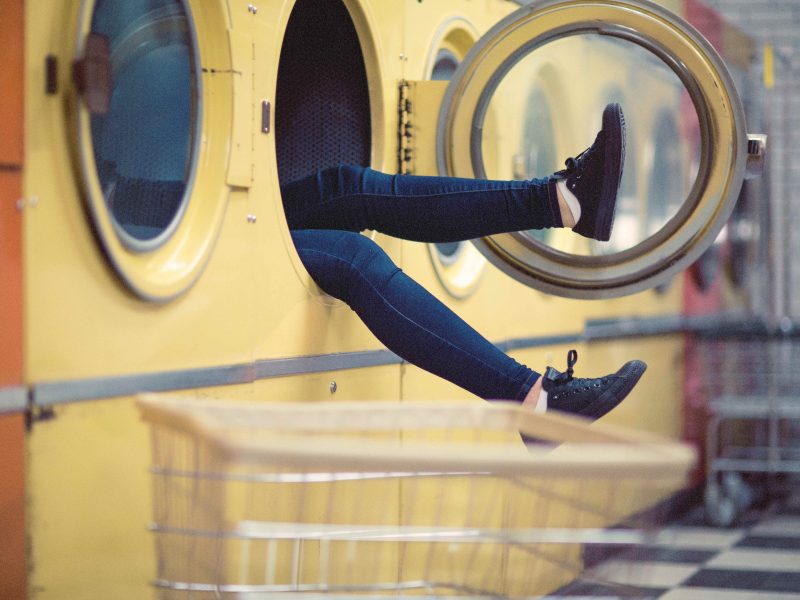
Laundry Upgrade
1 Billion. That’s how many loads of laundry Americans do every week according to government data. 250,000. That’s how many plastic micro-fibers are released every time a fleece jacket is washed. 1 Billion X 250,000 = a lot of plastic in our waterways. How do we stop this micro-pollution
-

LED the way
Let’s shed a little light on electricity, and how to use less. When it comes to reducing (the first of those 3 R’s!) electricity use, and by extension, greenhouse gas emissions, the most important step is to turn those lights off except when they’re actually being use. (And if making
-
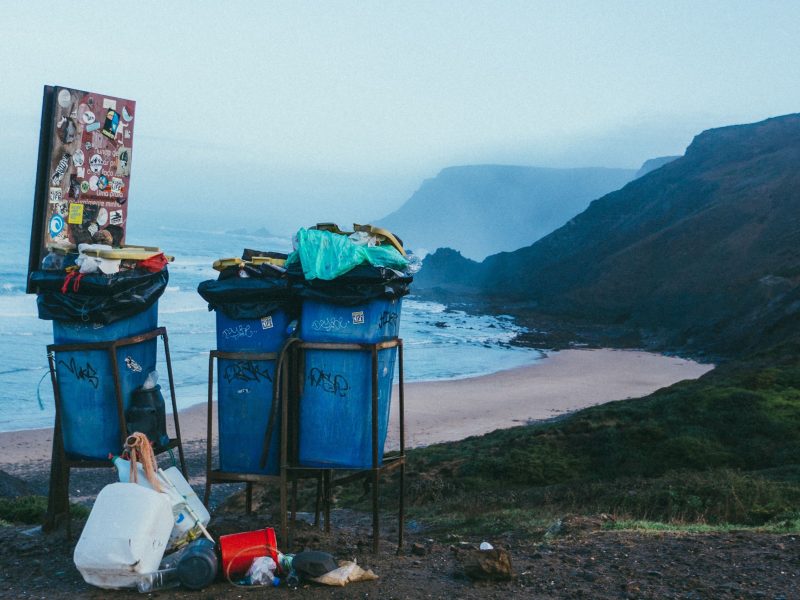
Sorting Made Easy
We have all done it – hovered over a waste bin at an airport or the park trying to determine where to responsibly deposit our trash. Should it go in recycle or garbage? compost or landfill? If we are in a hurry, chances are it ends up in the trash.
-

Electricity = Water Use
It’s World Water Day: What can you do for water today? Would you be surprised if we said that you should turn off your lights, skip the blow dryer, and shut down your computer at night? Yes, that’s right. One important action for protecting water supplies is to use less
-
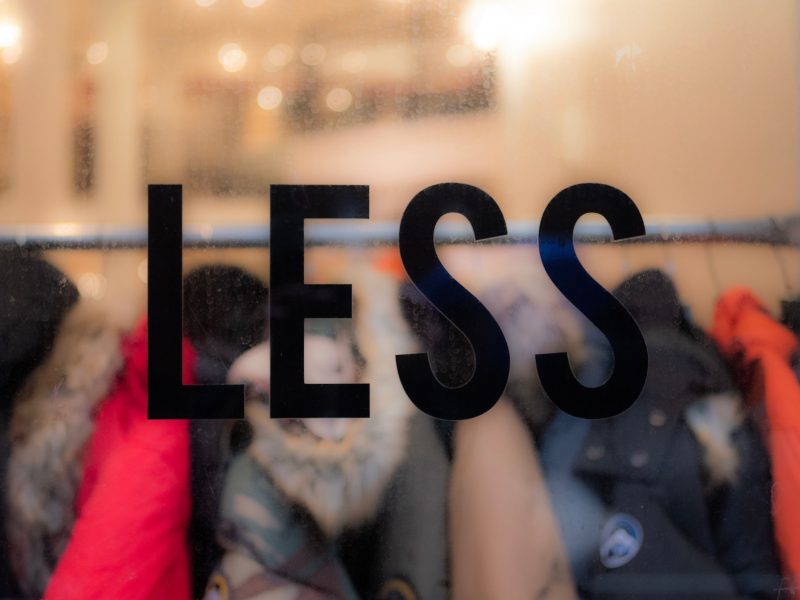
A Tidy Wardrobe
Marie Kondo’s book The Life-Changing Magic of Tidying Up is all the rage. People everywhere are trying to de-clutter and minimize their wardrobes and their lives. But there is an easier way … you just buy less stuff! By simply limiting the influx of new clothing, the rest will come
-
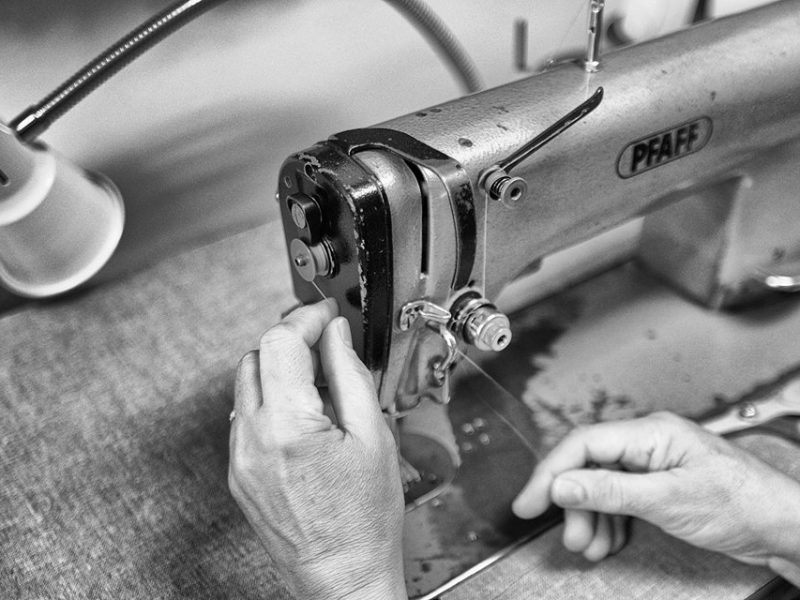
All Stitched Up
If the first three R’s are “Reduce, Reuse, Recycle”, then the fourth R is for “REPAIR”. One of the easiest ways to cut down on waste is to extend the lives of things we already have. When it comes to clothing and backpacks, a repair can bring a much-loved member
-

The Inside Scoop
What is the yummiest way to cut back on single use plastic? Ice cream cones! Americans eat on average 29 lb.s of ice cream a year. That equals 160 scoops. If any of those scoops are at an ice cream parlor, well, that means a lot of plastic spoons and
-
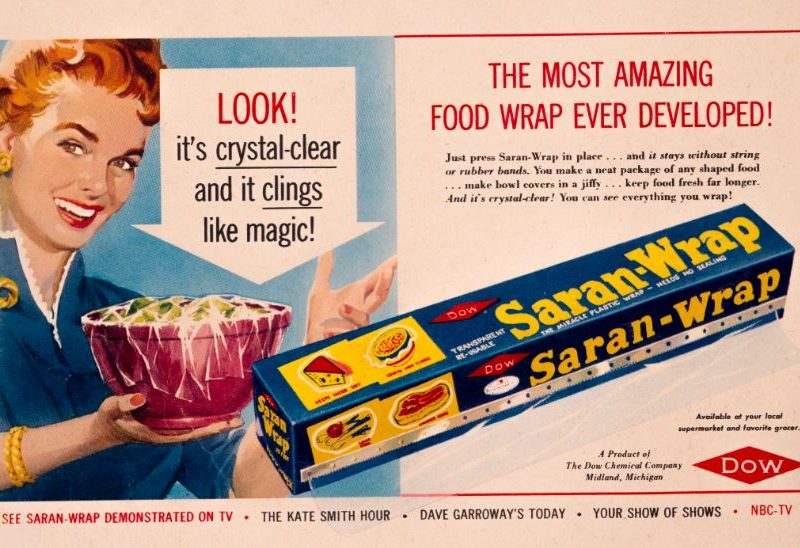
Leftover Magic
This Dow-invented food wrap probably did seem magical when it was introduced in 1953, but today we know that there’s nothing magical about single-use plastics. We use them once, and then they’re in the landfill forever. One simple step to reducing in-home, throw-away plastics is to look no further than
-
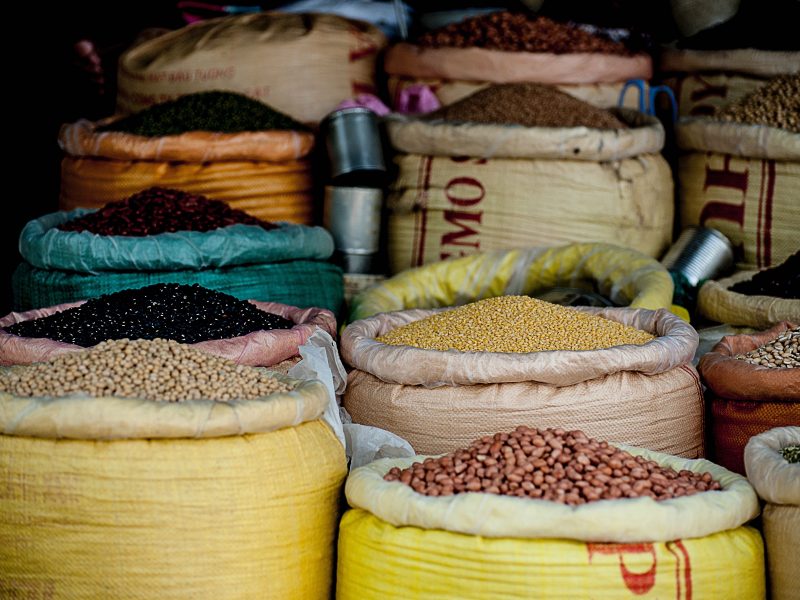
Time to Bulk Up
It’s time to BULK up! Heading to the grocery often means coming home with lots of unneeded packaging. The average American produces 4.4lbs of household trash every day, most of that from single use wrapping. Buying in bulk can shrink that to a more sustainable number. So, bring your reusable bags
-
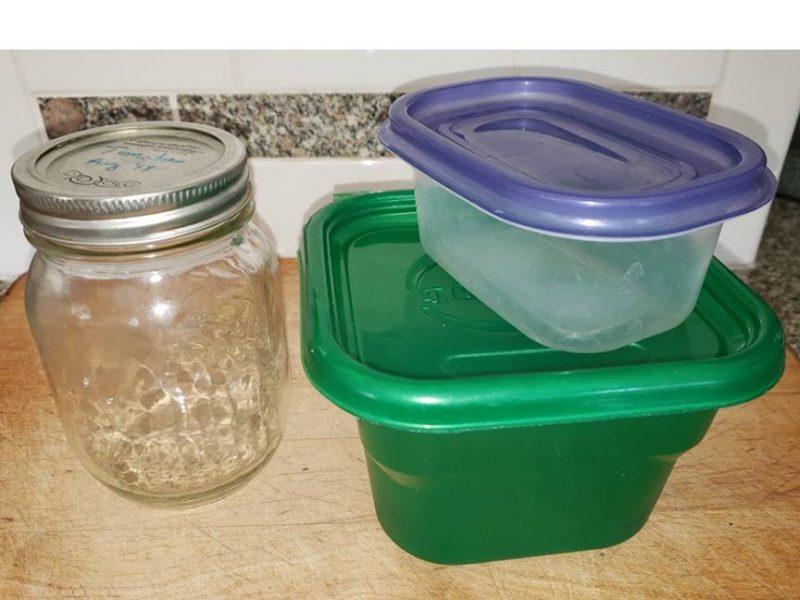
Who says you can’t take it with you?
Did you know that Americans waste roughly 40% of our food supply? Or that global greenhouse gas emissions from food waste accounts for 8% of human-caused greenhouse gas emissions? According to Drawdown, a preeminent source on solutions to global warming, if ranked as a nation “food waste would be the

